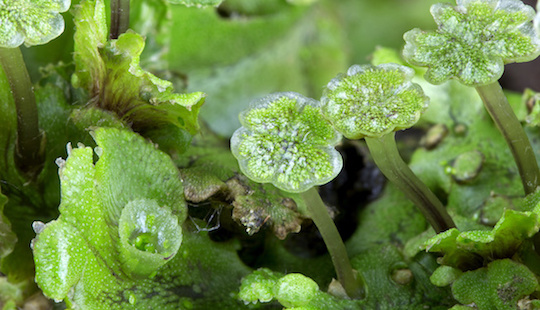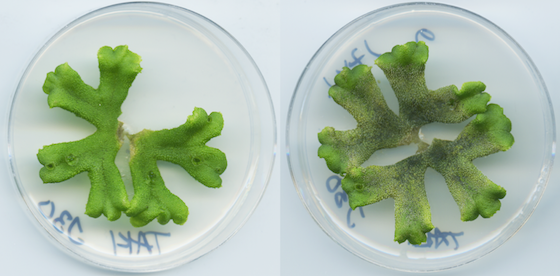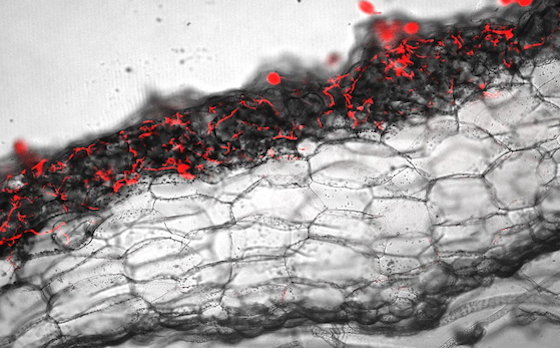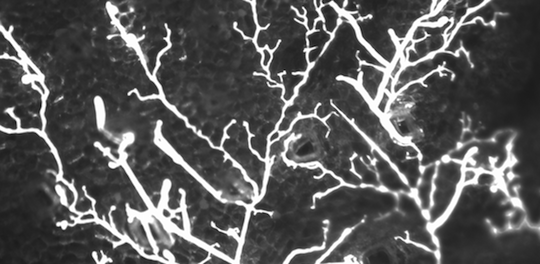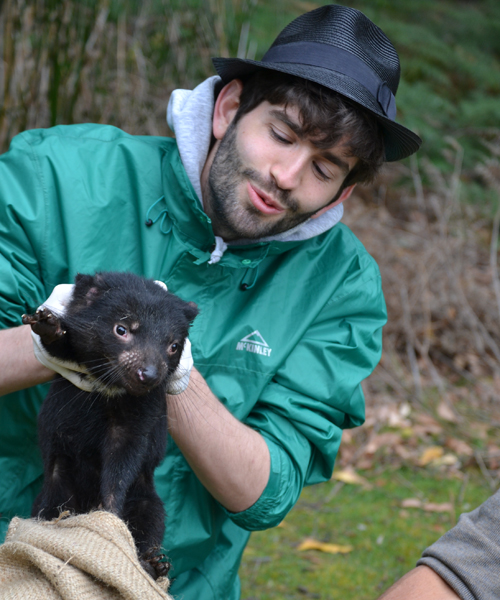
Researchers from Germany’s Max Planck Society (MPS) met with University of Cambridge counterparts on Tuesday 6 March for the formal launch of the Max Planck Cambridge Centre for Ethics, Economy and Social Change.
The launch event, held at Cambridge’s Museum of Archaeology and Anthropology, was attended by Professor Martin Stratmann, President of the MPS, and by Professor Stephen Toope, Vice-Chancellor of the University of Cambridge.
The new Centre began its operations in July 2017. One of its aims was to deepen researchers’ knowledge of social change by complementing the Cambridge Anthropology Department’s expertise in the anthropology of ethics with research conducted at the Max Planck Institute for the Study of Religion and Ethnic Diversity, Göttingen, and economic anthropology research conducted at the Max Planck Institute for Social Anthropology, Halle.
The Centre is the latest of the MPS’s international partnerships. It is funded jointly by the University of Cambridge (including the Isaac Newton Trust) and the MPS, and has an initial budget of £2 million. The funding will allow six postdoctoral fellows will undertake field research at sites around the world. Over the coming four years, public lectures, workshops and larger conferences will be hosted both in Cambridge and the two German locations. It is expected that the Centre will, in the future, expand its activities to offer positions for visiting scholars, and to make the Centre a hub for further initiatives beyond the life-span of the initial projects.
Speaking at the launch event, Professor James Laidlaw, Head of the Department of Social Anthropology and co-director of the new Centre, said:
“This new Max-Cam Centre is the most ambitious and important of a number of initiatives the newly restored Department is embarking upon. It is an attempt… to show that ethical values and practice are just as pervasive in economic life as they are in religion, or the family… Morality is as crucial to explaining when people behave badly as it is to explaining when they behave well; as crucial to understanding how they cope with adversity as it is to understanding the ambitions they pursue. This is especially important when those hopes and ambitions are radically different from our own: when people’s values seem to us to be perverse, shallow, distorted, or plain incomprehensible.”
Fellow co-director Professor Chris Hann, of the Max Planck Institute for Social Anthropology at Halle, described the new Centre as an opportunity to renew the moral sciences, and expressed his hope that, in the wake of Brexit, the new Centre will demonstrate the value of continued European collaboration in science and society:
“When we prepared the proposal over two years ago, few observers anywhere imagined that citizens of the UK would vote in a referendum to leave the European Union... In this uncertain climate, we would be very happy if the launch of our modest Centre can be a catalyst for further collaboration between the Max Planck Society and this great University.“
Addressing this point, Professor Martin Stratmann said: “I am delighted that, in this period of uncertainty caused by Brexit, we have established another highly visible collaboration with top British scientists”.
He added: “Without any doubt, in today’s globalized world, the dynamics between ethics, religion and economy have reached an unprecedented complexity. This makes the research of the new Max Planck Cambridge Centre very relevant for our times. This cooperation brings together the complementary skills of outstanding scientists of the Max Planck Society and the University of Cambridge.”
Bringing the launch event to a close, Professor Stephen Toope remarked: “The more incomprehensible the world about us seems, the more we need to employ our anthropological imagination to appreciate its depth and diversity. This new joint venture with the Max Planck Society helps us do just that.”
The collaborative venture will offer insights into the links between ethics and social change
- Patrice Ladwig is studying the influence of economic modernisation on Buddhist rites of passage in urban Laos By focusing on funerals and ordinations into monastic life, he explores how the ritual and moral economy that connects monasteries and laypeople has been affected by economic growth, and how increasing wealth, but also social inequalities are expressed and negotiated in rituals.
- Johannes Lenhard is working towards an anthropology of the international venture capital industry with field research in London, Berlin, New York, San Francisco and Hong Kong. The focus of his project will be on the values and ethics behind the investors’ decisions: Why do VCs support certain startups - for instance Uber, AirBnB and Transferwise - and not others? What kind of a (better) future do investors want to create?
- Anna-Riikka Kauppinen is studying the emergence of new banks led by Ghanaian capital owners in Accra. With a focus on networks of institutional and personal exchange between banks and Charismatic Pentecostal churches, which have become major focal points of urban life in West Africa, the project will generate novel approaches to the study of African capitalism.
- Patrick McKearney is developing a comparative anthropology of cognitive disability through fieldwork on Christian NGOs that support these individuals in situations of economic change and development. He will focus on the strategies these organisations develop as they seek to change the role these individuals play in social life, and the practical consequences their ethical projects have on the lives of some of the most dependent in different social settings.
- Samuel Williams will study the social and economic significance of gold in Turkey over recent decades of market-driven development. Working closely with Turkish goldsmiths in Istanbul and London who help intermediate the scrap gold trade through Turkey between Europe and the Middle East, he will investigate the range of families, businesses, and other organisations that draw on this gold and why it is of value to them.
- Rachel E. Smith will conduct research in Vanuatu on moral and ritual economies in contexts of social change, particularly in the context of the production of kava (a narcotic beverage) for the domestic and a burgeoning export market. She will focus on how ethical, ritual and spiritual practices and values mediate social and economic change.

The text in this work is licensed under a Creative Commons Attribution 4.0 International License. For image use please see separate credits above.
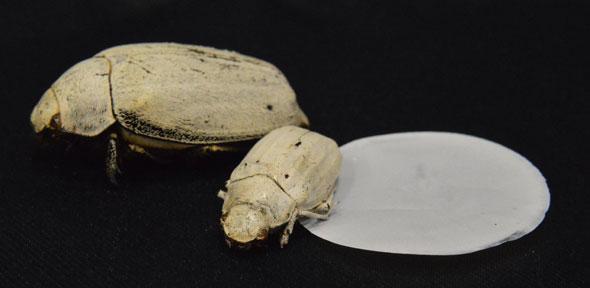





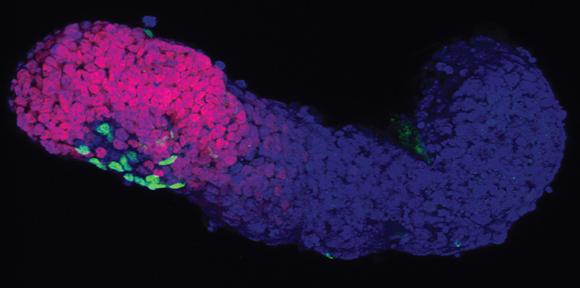

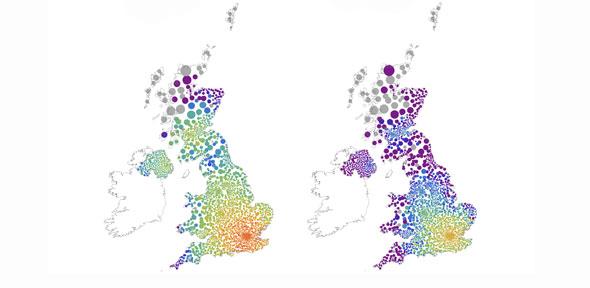


 Speaking on the subject of 'Knowledge Capital and development for all', Professor Toope said: "Of all the intangible assets that underpin our knowledge capital, the most precious is people. It is people who generate the new ideas; it is people who ask the searching questions, and collect the relevant data to answer them; it is people who make the discoveries; it is people who bring those discoveries to the market, and create the intellectual property. The conclusion I draw from this is that, for countries and institutions wishing to expand their knowledge capital, the single most important investment is in their human capital."
Speaking on the subject of 'Knowledge Capital and development for all', Professor Toope said: "Of all the intangible assets that underpin our knowledge capital, the most precious is people. It is people who generate the new ideas; it is people who ask the searching questions, and collect the relevant data to answer them; it is people who make the discoveries; it is people who bring those discoveries to the market, and create the intellectual property. The conclusion I draw from this is that, for countries and institutions wishing to expand their knowledge capital, the single most important investment is in their human capital."




